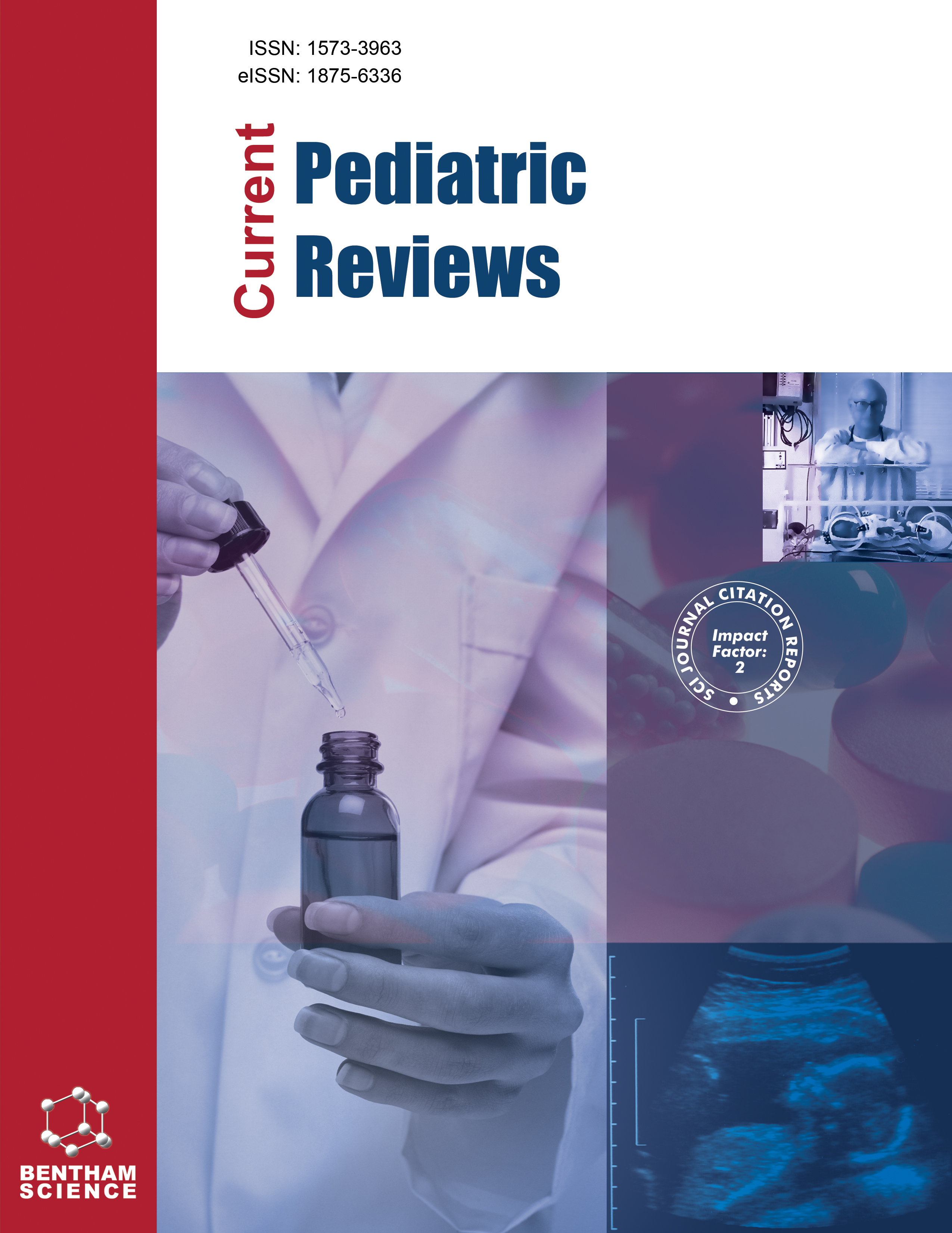-
s Biological and Genetic Features of Neuroblastoma and Their Clinical Importance
- Source: Current Pediatric Reviews, Volume 14, Issue 2, May 2018, p. 73 - 90
-
- 01 May 2018
Abstract
Neuroblastoma derived from primitive cells of the sympathetic nervous system typically develops in the adrenal medulla or paraspinal ganglia. Neuroblastoma usually occurs sporadically, but familial cases are also observed. ALK and PHOX2B germline mutations can cause hereditary neuroblastoma, while a common genetic variation in chromosome 6p22 is associated to sporadic neuroblastoma. However, the aetiology of sporadic neuroblastoma is not exactly known. This embryonic malignancy generally represents the second most common solid tumour after central nervous system tumours throughout the world in childhood. Neuroblastoma is a complex disease that has different clinical courses, from metastatic spread to spontaneous regression. Spontaneous regression can occur without therapy in primary or metastatic site. Potential regression mechanisms primarily involve apoptosis, hypermethylation of subtelomeric DNA, immune response and Nerve Growth Factor (NGF) deprivation. Neuroblastoma is a heterogeneous tumour that can show many different chromosomal abnormalities; e.g. MYCN amplification, 1p deletion, unbalanced translocations involving chromosome 17, aneuploidies and Loss of Heterozygosity (LOH) events. Tyrosine kinase receptors TrkA, TrkB and TrkC, their ligands NGF, Brain-derived Neurotrophic Factor (BDNF) and Neurotrophin-3 (NT-3), and Aurora Kinase A (AURKA) play a regulatory role in differentiation, apoptosis, cell proliferation, tumourigenesis, angiogenesis or metastasis of neuroblastoma. TrkA expression is associated with differentiation or regression, depending on presence or absence of NGF, whereas TrkB and BDNF are mostly expressed in aggressive neuroblastomas with MYCN amplification. MYCN is amplified in 18-38% of neuroblastoma cases. MYCN amplification mechanism remains to be completely clarified. This paper reviews the biological/genetic features and their clinical importance in neuroblastoma.


